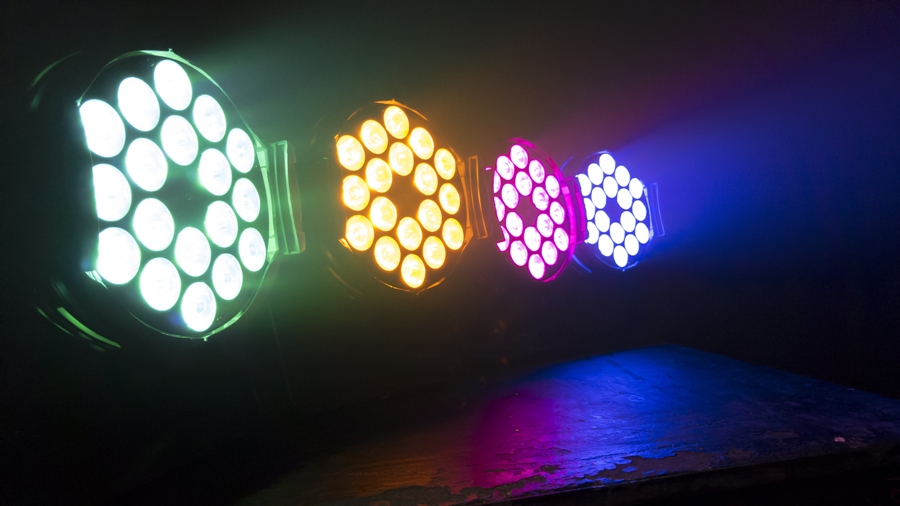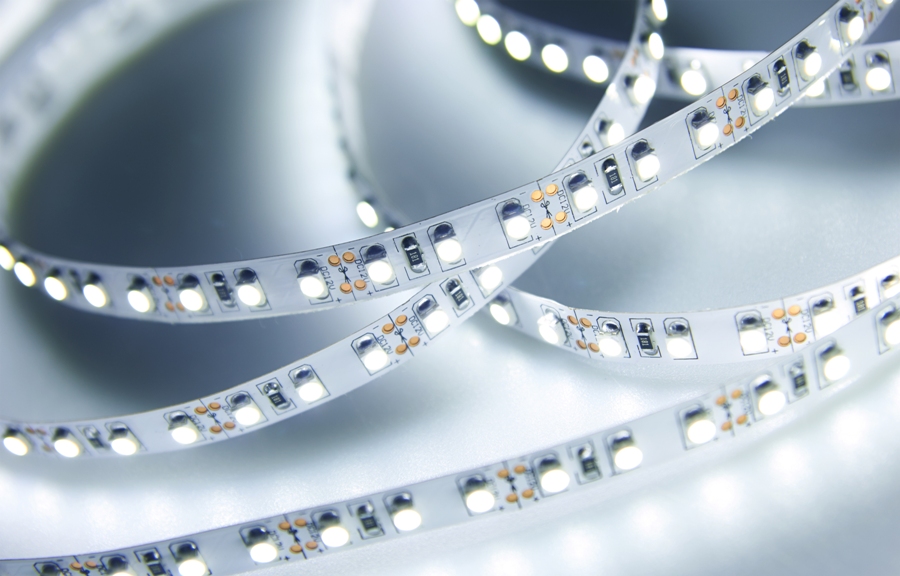There are many who have heard a lot about LED lightings being used across the globe at both residences and commercial establishments. But they still may be using the traditional CFLs and incandescent lamps and have doubts about LED lamps. If so, then going through the FAQs can help clear their doubts and help them to make a wise decision to save money and energy.
FAQs on LED lamps
- Benefits of LED lights: LED offers numerous benefits when compared to traditional light sources which include longer lifetime low electricity consumption, smaller size, low heat, no infrared and ultraviolet radiation and higher durability.
- Is it possible to replace the existing lamps using LED lamps: LED lamps offered are considered to be CFL, halogen and incandescent lamp direct replacements. Hence, no changes are required for the existing system.
- Why prefer exterior led lighting residential and not those cheaper traditional lamps: Besides the lamp’s initial price, the actual cost of light is to be taken into consideration. This includes maintenance and replacement costs and cost of energy.
- LED lights tend to use less energy. Since it uses less energy, the initial high cost can be recovered back very quickly.
- They have a longer life ranging 30,000 – 50,000 hours. This means the lamp is not required to be changed for at least 20 years. This is a boon for commercial establishments that requires good and proper lighting and in huge numbers.
- They produce less heat, thereby reducing power used by the AC.
- They do not come with harmful IR or UV rays.
- They do not contain mercury like that of fluorescent lamps. Hence, they are safe to be used and can be easily disposed of without endangering the environment.
- How does LED work: It is regarded to be an electronic source which works with electroluminescence effect. As semiconductor diode gets turned on, the electrons tend to recombine with the holes, with energy getting discharged as light.
- About color rendering index: It is known in short as CRI and is used to measure the light source ability to stimulate different object colors accurately when compared to sunlight. It is used widely to measure light quality. Higher CRI stands for better quality rate, with scales being 0-100.
- LED light CRI: LED lamps generally score CRI 80+. This is considered to be much higher when compared to other light sources. Those LED lamps having 90+ CRI are used to undertake visual inspection tasks.
- The efficiency of LED lamps: Heat and light are the output of any light source. A higher ratio of light to heat means more efficiency of the lamp. These days, highly efficient lights come with 50%+ efficiency when compared to 2%-3% offered by standard incandescent lamps and 15%-20% efficiency of fluorescent lamps.
Moreover, LEDs are known to have directional light, which means, their light can be managed easily with fewer losses. Thus, LED lamps do offer higher efficiency.
One can come across numerous reputed residential lighting companies offering top quality LED lights.



